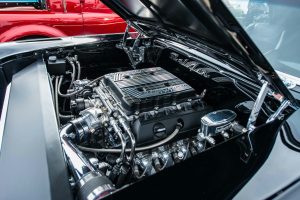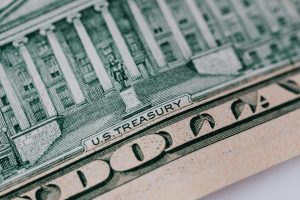How Fuel Efficiency is Measured and Improved
Fuel efficiency has always been a top concern for drivers, especially as gas prices continue to rise. In fact, improving fuel efficiency has become a key priority for manufacturers as well, with the rise of electric and hybrid vehicles. But how exactly is fuel efficiency measured and how can it be improved? In this article, we will explore the different methods of measuring fuel efficiency and how drivers can make changes to improve their vehicle’s gas mileage.
Understanding Fuel Efficiency
Fuel efficiency, also known as fuel economy, is essentially a measurement of how far a vehicle can travel on a certain amount of fuel. It is typically expressed in miles per gallon (MPG) in the United States and litres per 100 kilometers (L/100km) in other countries. The higher the number, the more fuel-efficient the vehicle is, meaning it can travel farther on the same amount of fuel.
Measuring Fuel Efficiency
Fuel efficiency is typically measured through standardized testing procedures, which involve driving the vehicle on a set course and recording the distance travelled and the amount of fuel consumed. These tests also take into consideration factors such as vehicle weight, air resistance, and rolling resistance of the tires.
In the United States, the Environmental Protection Agency (EPA) conducts fuel efficiency tests for all new vehicles and displays the results on the window sticker of new cars. The tests are based on city and highway driving scenarios and provide separate ratings for each. These ratings are useful for comparing vehicles and determining the most fuel-efficient option.
Factors Affecting Fuel Efficiency
There are several factors that can affect a vehicle’s fuel efficiency, including:
Tire Pressure:
Tires that are underinflated can create more rolling resistance, which means the vehicle needs more energy to move forward. This results in decreased fuel efficiency. It is important to regularly check and maintain proper tire pressure to improve fuel efficiency.
Driving Habits:
Aggressive driving, such as speeding, rapid acceleration and hard braking, can have a significant impact on fuel efficiency. By maintaining a steady speed, accelerating gradually, and anticipating traffic ahead, drivers can improve their vehicle’s gas mileage.
Vehicle Maintenance:
A well-maintained vehicle is more likely to have better fuel efficiency. Simple tasks such as replacing dirty air filters, changing spark plugs, and getting regular oil changes can improve a vehicle’s gas mileage.
Improving Fuel Efficiency
Aside from maintaining a vehicle and practicing good driving habits, there are other ways to improve fuel efficiency:
Tire Selection:
Choosing tires with a low rolling resistance can significantly improve fuel efficiency. These tires are designed to reduce energy loss and require less effort from the engine to move the vehicle, resulting in better gas mileage.
Idling and Speed:
Idling a vehicle for long periods of time can waste fuel, and driving at high speeds increases air resistance, leading to decreased fuel efficiency. By turning off the engine when parked and driving at moderate speeds, drivers can improve their gas mileage.
Alternative Fuel Sources:
As technology advances, alternative fuel sources such as electric and hybrid vehicles have become more accessible and popular. These vehicles not only reduce carbon emissions but also have much higher fuel efficiency ratings compared to traditional gasoline vehicles.
In Conclusion
Improving fuel efficiency is not only beneficial for drivers’ wallets but also for the environment. By understanding how fuel efficiency is measured and the factors that affect it, drivers can make conscious decisions to improve their vehicle’s gas mileage. From practicing good driving habits to selecting the right tires and considering alternative fuel sources, there are plenty of ways to improve fuel efficiency and contribute to a more sustainable future.










